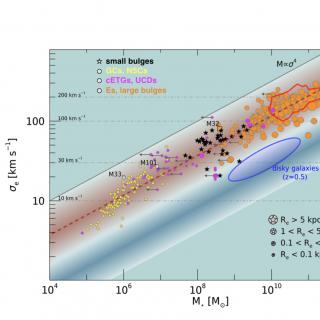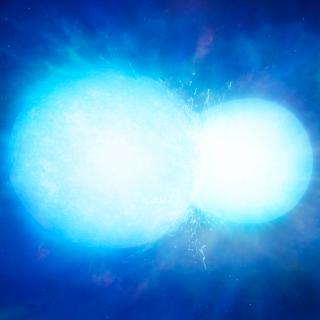
An international team of researchers led by the University of Warwick, with a member who is a scientist at the IAC has discovered white dwarf with unusual dimensions. This star could be, in fact, the result of the merger of two white dwarfs. The discovery is published today in the journal Nature Astronomy, and could resolve some questions about the evolution of white dwarfs, and about the number of supernova in our Galaxy. The star, which is 150 light years away, was identified by data from the satellite telescope GAIA of the European Space Agency (ESA). Based on these, the astronomers used
Advertised on
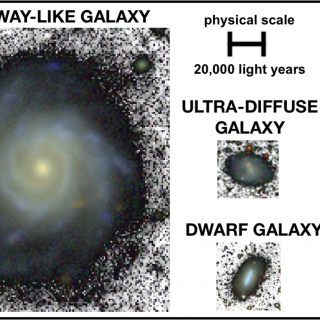
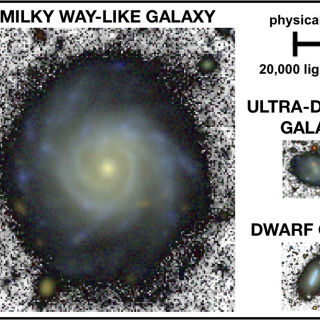
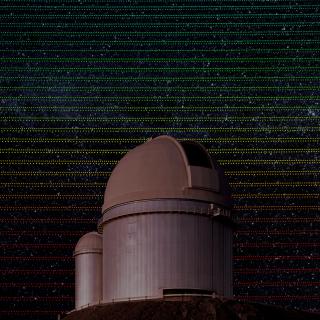
![Oxygen-to-iron abundance ratios [O/Fe] vs. metallicity [Fe/H] of the iron-poor star J0815+4729 (large star symbol) compared with literature measurements. 1D-LTE oxygen-to-iron abundance ratios [O/Fe] vs. metallicity [Fe/H] of the iron-poor star J0815+4729 (large star symbol) compared with literature measurements from the [O I] forbidden line (diamonds), the near-IR O I triplet (circles), and the near-UV OH lines (squares). The two triangles at [Fe/H] ∼ −3.6 correspond to the oxygen measurement from OH lines in the metal-poor binary stars CS 22876–032 AB (González Hernández et al. 2008).](/sites/default/files/styles/crop_square_2_2_to_320px/public/images/news/figuraoxygenJ0815_f.png?h=063d2993&itok=TRrz9Jk_)
